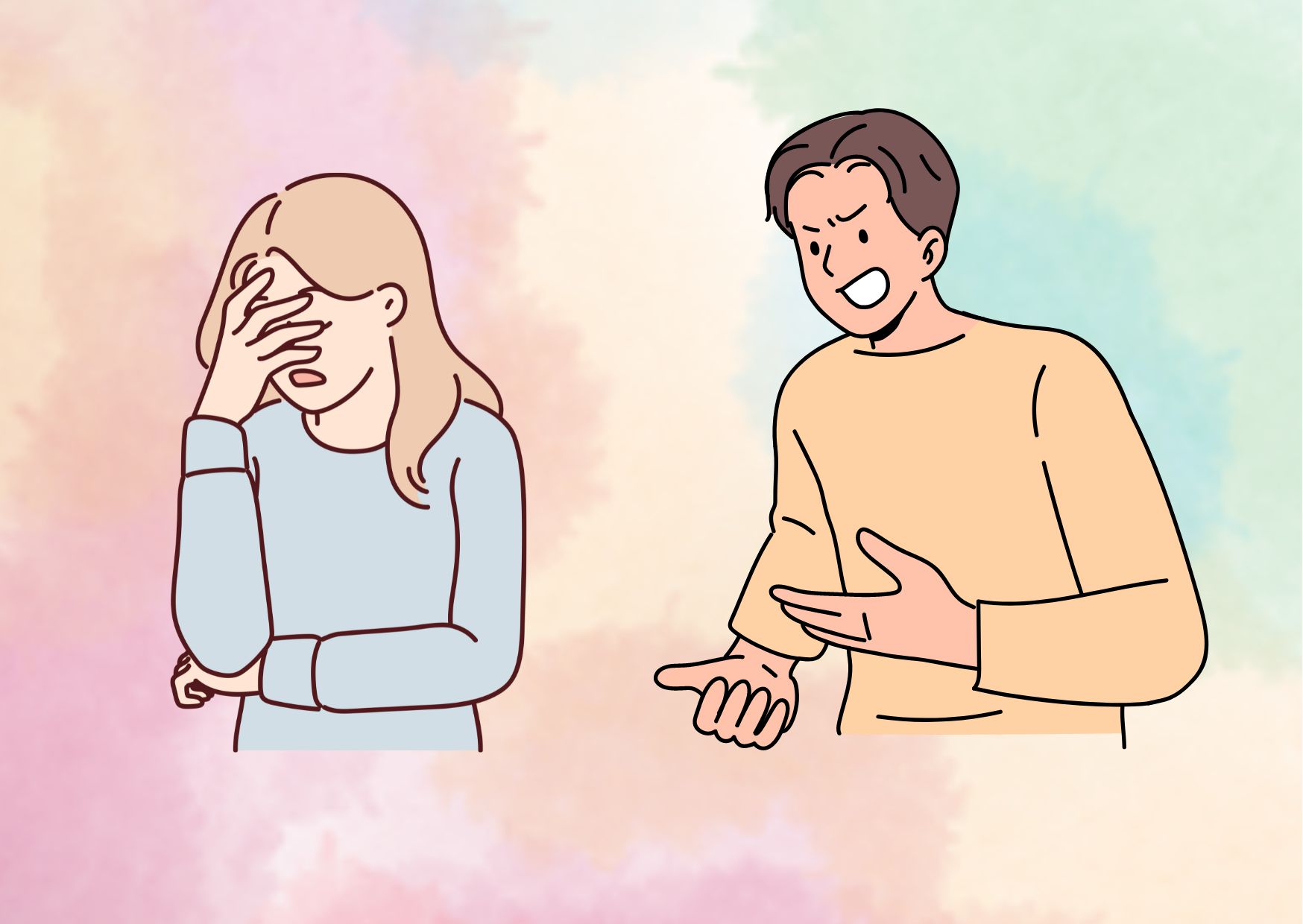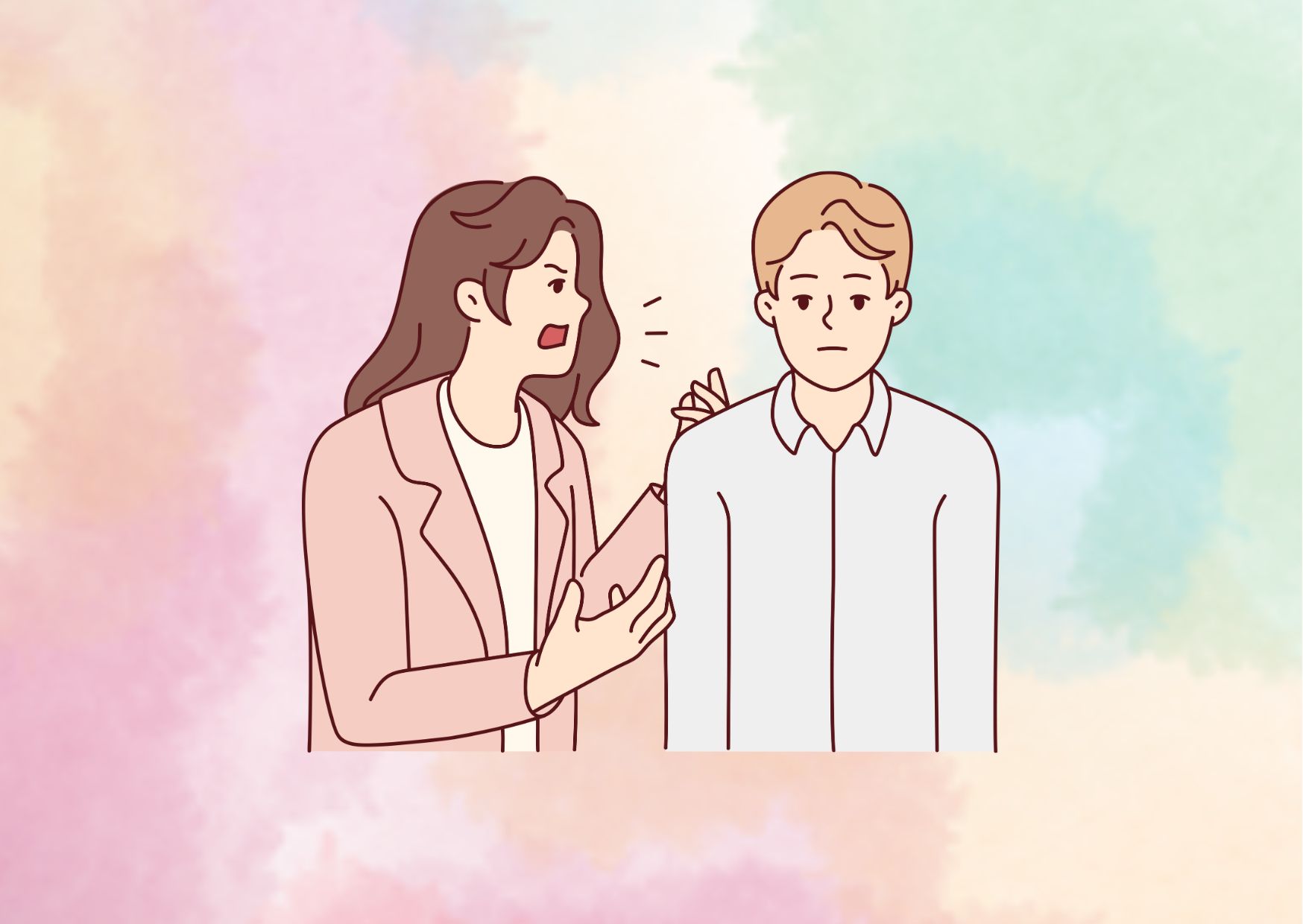6 Tips to Deal with Silent Treatment: Causes and Solutions
In intimate relationships, the silent treatment can be a toxic pattern of behavior that erodes trust and emotional intimacy. This form of nonverbal abuse, where one partner refuses to communicate or respond to the other, often stems from an inability to healthily manage conflict or regulate overwhelming emotions. The silent treatment is a way to punish, manipulate, or exert control over the other person, leaving them feeling invalidated, invisible, and starved of meaningful connection.
While the intention behind the silent treatment may vary, from expressing hurt to creating space for reflection, its prolonged use can signify deeper issues and patterns of emotional abuse. This article delves into the psychology behind this destructive behavior, exploring its causes, impact on relationships, and strategies for breaking the cycle and fostering open, respectful communication.
What is the Silent Treatment?
The silent treatment is a form of nonverbal communication where one person intentionally ignores or refuses to respond to another person’s attempts at interaction or conversation. It involves withholding verbal and sometimes physical acknowledgment or engagement as a means of expressing anger, disapproval, or exerting control over the other person.
Definition and Explanation of the Silent Treatment
The silent treatment refers to the act of intentionally withdrawing from an interaction, refusing to engage further, and shutting the other person out for extended periods of time. When this happens, the person on the receiving end feels invisible, like they don’t matter. It is a refusal to verbally communicate with someone, often as a means of punishment, emotional manipulation, or control.
The silent treatment can occur in various types of relationships, including romantic partnerships, family dynamics, friendships, or professional settings. It is a passive-aggressive behavior that can be emotionally abusive, as it deprives the other person of meaningful communication and connection.
Signs and Behaviors Associated with the Silent Treatment
Distinguishing between someone giving you the silent treatment and someone simply taking time for themselves can be challenging. Here are some key indicators that you may be experiencing the silent treatment:
- Intentional and pointed ignoring: The person blatantly and frequently ignores you, refusing to respond to your attempts at communication, whether in-person or electronically.
- Prolonged silence: They abruptly go hours, days, or even weeks without communicating with you, leaving you uncertain about when the silence will end.
- Selective communication: They engage in conversation with others but deliberately exclude you, even in your presence.
- Avoidance and evasion: They leave without informing you of their whereabouts or when they’ll return, making you feel like you’re walking on eggshells.
- Lack of explanation: They do not attempt to communicate their feelings or the reasons behind their silence, leaving you in the dark and confused.
- Emotional undertone: The silent treatment is often accompanied by feelings of resentment, anger, or hostility, and may be used as a form of punishment or control.
It’s important to note that the silent treatment is different from someone taking time for themselves, which is typically temporary and communicated with empathy and respect. The silent treatment, on the other hand, is a recurring pattern of behavior that can signify deeper issues and patterns of emotional abuse.
Reasons for the Silent Treatment
The silent treatment can stem from various underlying reasons, ranging from emotional overwhelm to manipulative tactics. Understanding these motivations is crucial for addressing and resolving this destructive behavior.
Emotional overwhelm and inability to communicate
Sometimes, individuals resort to the silent treatment not as a deliberate act of control or punishment, but rather due to an inability to effectively communicate their emotions. When feelings become overwhelming, some people physiologically shut down, experiencing what is known as “emotional flooding.” In this state, they struggle to process information or articulate their thoughts and feelings verbally. The silent treatment becomes a coping mechanism to avoid an emotional outburst or saying something they might regret.
Learned behavior or coping mechanism
For some, the silent treatment is a learned behavior or coping mechanism rooted in their upbringing or past experiences. They may have grown up in an environment where this behavior was modeled, either by parents or caregivers who used silence as a form of punishment or conflict resolution. Consequently, they internalized this pattern and carry it into their adult relationships, perceiving it as a normal way of dealing with disagreements or emotional distress.
Attempt to control or manipulate
In toxic or abusive relationships, the silent treatment can be a deliberate tactic to exert control or manipulate the other person. By withholding communication and emotional connection, the perpetrator aims to punish, coerce, or elicit a specific response from their partner. This form of emotional abuse is often accompanied by feelings of resentment, anger, or a sense of entitlement, where the silent treatment is used as a means of asserting power and dominance over the other person.
It’s important to note that while emotional overwhelm may sometimes lead to temporary silence, a prolonged pattern of the silent treatment, especially when coupled with attempts to control or manipulate, can signify deeper issues and patterns of emotional abuse within the relationship.
Suggestion for read: 10 Strategies to Deal with Bullying
Is the Silent Treatment Abusive?
The silent treatment can be a form of emotional abuse, depending on the underlying motivations and its impact on the recipient. It’s crucial to distinguish between abusive and non-abusive intentions and understand the emotional and psychological toll it can take.
Distinguishing between abusive and non-abusive motivations
The silent treatment becomes abusive when it is used as a deliberate tactic to control, manipulate, or punish the other person. If the individual employing the silent treatment intends to coerce a specific behavior or response from their partner, it is considered a form of abuse. Similarly, if the silent treatment is used as a means of retaliation or punishment, it crosses the line into abusive territory.
However, not all instances of the silent treatment are inherently abusive. In some cases, an individual may resort to temporary silence due to an overwhelming emotional state or an inability to communicate effectively at that moment. This could be a coping mechanism to avoid saying something they might regret or a result of emotional flooding, where they physiologically shut down and cannot process information or articulate their thoughts.
Emotional and psychological impact of the silent treatment
Regardless of the underlying motivation, the silent treatment can have severe emotional and psychological consequences for the recipient. It can lead to feelings of frustration, anger, and a sense that their emotional needs are not being met. For those with a history of trauma or those prone to people-pleasing tendencies, the silent treatment can be particularly distressing and frightening.
Moreover, the silent treatment can be destabilizing and lead to confusion and self-doubt. The recipient may question themselves and their self-worth, especially when they are unaware of the reasons behind the silent treatment. This can have a detrimental impact on their self-esteem and overall well-being.
The silent treatment can also create a sense of isolation and loneliness, potentially leading to depression. Additionally, research has shown that individuals subjected to the silent treatment can experience physical responses and side effects, such as weight changes, increased blood pressure, and sleep disturbances.
It’s important to note that even if the silent treatment is not intentionally abusive, it can still have harmful emotional and psychological consequences for the recipient. Open and respectful communication is essential in any healthy relationship, and prolonged periods of silence can erode trust and emotional intimacy.
Responding to the Silent Treatment
Responding to the silent treatment can be a delicate and challenging situation. The approach you take should be guided by assessing safety, setting clear goals, and employing effective communication strategies.

